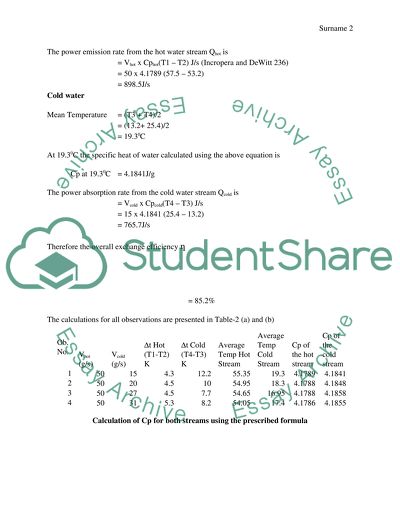Retrieved from https://studentshare.org/engineering-and-construction/1590511-heat-and-mass-transfer-calculation-for-carbon-capture-pilot-plant
https://studentshare.org/engineering-and-construction/1590511-heat-and-mass-transfer-calculation-for-carbon-capture-pilot-plant.


